Loofah sponge created by the research team of Dr. Tran Thi Viet Ha (32 years old) has the ability to separate oil and microplastics from water, helping to solve environmental pollution problems.
In 2021, Dr. Tran Thi Viet Ha, lecturer at the Faculty of Advanced Technology and Engineering, Vietnam Japan University (Vietnam National University, Hanoi) and her team members came up with the idea of creating super hydrophobic materials from loofah fibers to remove oil and microplastic particles in water. After more than a year of research, the team created a super hydrophobic foam product consisting of two main components: the base layer and the coating layer.
The base layer is made from natural old loofahs due to their hydrophilic hydroxyl groups, which give them natural absorbency. After cleaning, the surface of the loofahs is dipped and sprayed with a layer of wax to create roughness for the fibers, while changing the properties from hydrophilic to hydrophobic.
The coating is made from beeswax, palm wax, bean wax... which are completely natural and environmentally friendly.
The wax-coated sponge is water-repellent but fully oil-absorbent. It also easily absorbs microplastic particles of about 5 μm in size, due to capillary action due to the 3D structures and electrostatic interactions between the material surface and the plastic particles.
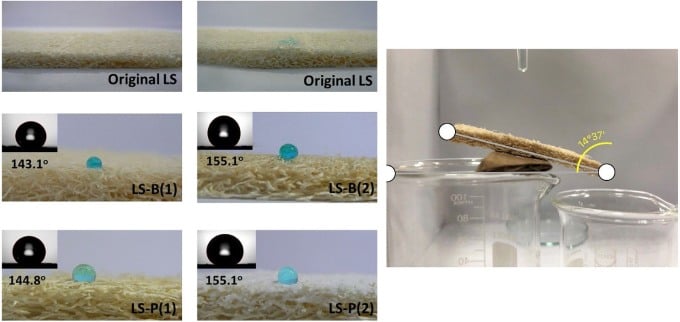
Loofah fiber after being coated with wax is completely waterproof. Photo: Research team
Test results show that the hydrophobic properties of loofah are good with a water contact angle of over 150 degrees. This is the basis for separating oil and capturing microplastic particles in the water mixture.
According to the research team, a surface is considered hydrophobic or hydrophilic based on the contact angle between the water droplet and the solid surface. When the contact angle is greater than 150 degrees, the surface becomes superhydrophobic. Therefore, the loofah sponge has successfully demonstrated superhydrophobicity.
The loofah sponges were able to absorb oil at a rate of about 72-88 g/g, with a separation efficiency of over 99% for oil/water mixtures. In addition, the material demonstrated high microplastic absorption capacity, with the result of 381 mg of polystyrene microplastics in 569 g of water, equivalent to an efficiency of 99%.
Dr. Ha and her colleagues have conducted similar research on industrial foams such as polyurethane foam, melamine foam and chemical coating materials with complex methods, only suitable for laboratory scale. Meanwhile, loofah material and natural wax coating method are assessed to be able to be implemented on a larger scale in practice. "The process is simple with easy-to-find equipment and does not require high technology, especially the manufacturing time is quick, only within 1 hour," said the female doctor.
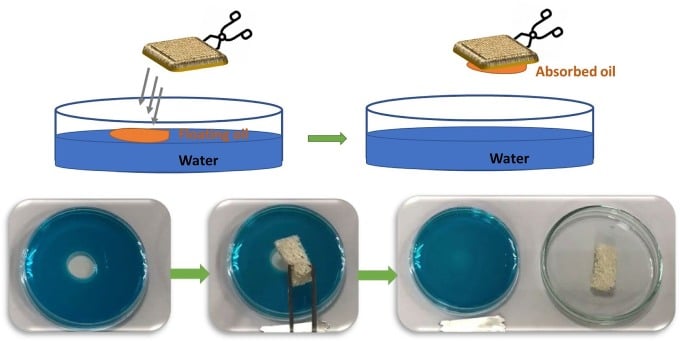
Loofah sponge can separate oil from water. Photo: Research team
A World Bank report in July 2022 estimated that Vietnam generates about 3.1 million tons of plastic waste on land every year. In addition to microplastics, oil can enter water sources through direct or indirect discharge and spread into the environment through various pathways, leading to many potential health problems for humans and animals.
Many methods have been applied to solve this problem, including incineration, chemical treatment, biological treatment... but they can cause secondary pollution. For example, incineration can help remove oil from water but also cause air pollution by generating large amounts of CO2 and SO2 after the process.
Dr. Ha said that the group's fiber sponge can be used to treat environmental pollution and overcome the above problems. The research was published in the journal Environmental Technology & Innovation in June 2023.
Associate Professor Dr. Nguyen Minh Phuong, Faculty of Chemistry, University of Science (Vietnam National University, Hanoi), assessed that oil and microplastics are two environmental pollutants that are of great concern not only in Vietnam but also around the world. Oil pollution in surface water is a burning issue, and the materials to remove it need to be very light and able to float on the water surface. Meanwhile, microplastics are more toxic than large-sized plastics and can be observed with the naked eye. The two subjects that Dr. Ha's research group is aiming for are both topical and of practical significance.
According to Associate Professor Phuong, research related to the treatment of oil and microplastics in the aquatic environment is still quite modest both domestically and internationally. Currently, no research group has developed materials to simultaneously treat both oil and microplastics in the aquatic environment.
She said that using loofah to treat environmental pollution is a new and unique idea because this is a natural, environmentally friendly and biodegradable material. Loofah has been used in some studies on materials to treat inorganic pollutants such as heavy metals in water because it has outstanding characteristics such as large surface area, large pore size and is very light, easy to float on the water surface.
Superhydrophobic materials are also attracting the attention of scientists around the world because of their ability to selectively absorb oil. Typically, chemical methods are used to transform porous materials into hydrophobic surfaces.
According to PSG Phuong, using waxes of natural origin like the research group to modify the surface of materials is an interesting idea with high applicability.
Bich Thao


![[Photo] Prime Minister Pham Minh Chinh chairs meeting to discuss tax solutions for Vietnam's import and export goods](https://vstatic.vietnam.vn/vietnam/resource/IMAGE/2025/4/10/19b9ed81ca2940b79fb8a0b9ccef539a)
![[Photo] Phuc Tho mulberry season – Sweet fruit from green agriculture](https://vstatic.vietnam.vn/vietnam/resource/IMAGE/2025/4/10/1710a51d63c84a5a92de1b9b4caaf3e5)

![[Photo] Summary of parade practice in preparation for the April 30th celebration](https://vstatic.vietnam.vn/vietnam/resource/IMAGE/2025/4/11/78cfee0f2cc045b387ff1a4362b5950f)


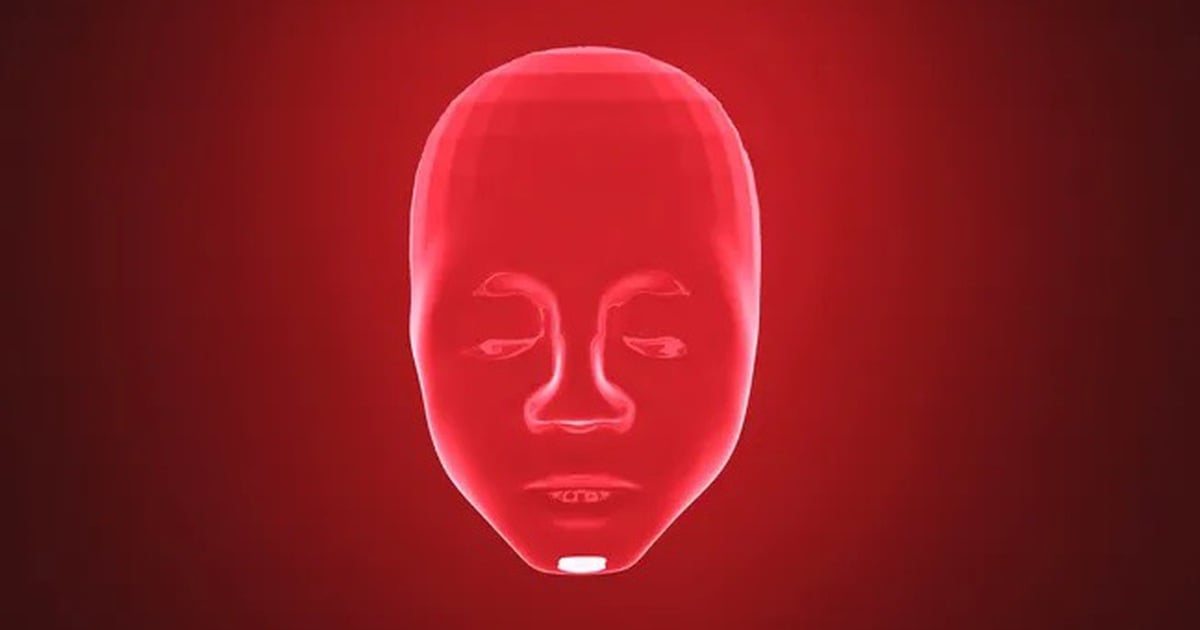

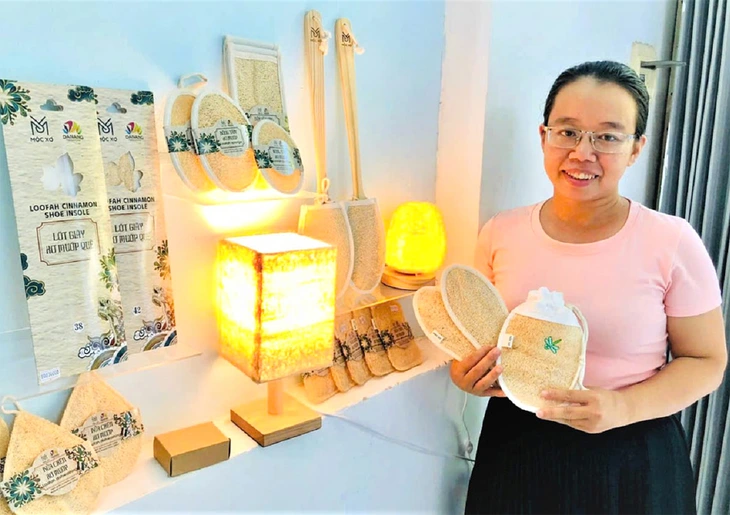



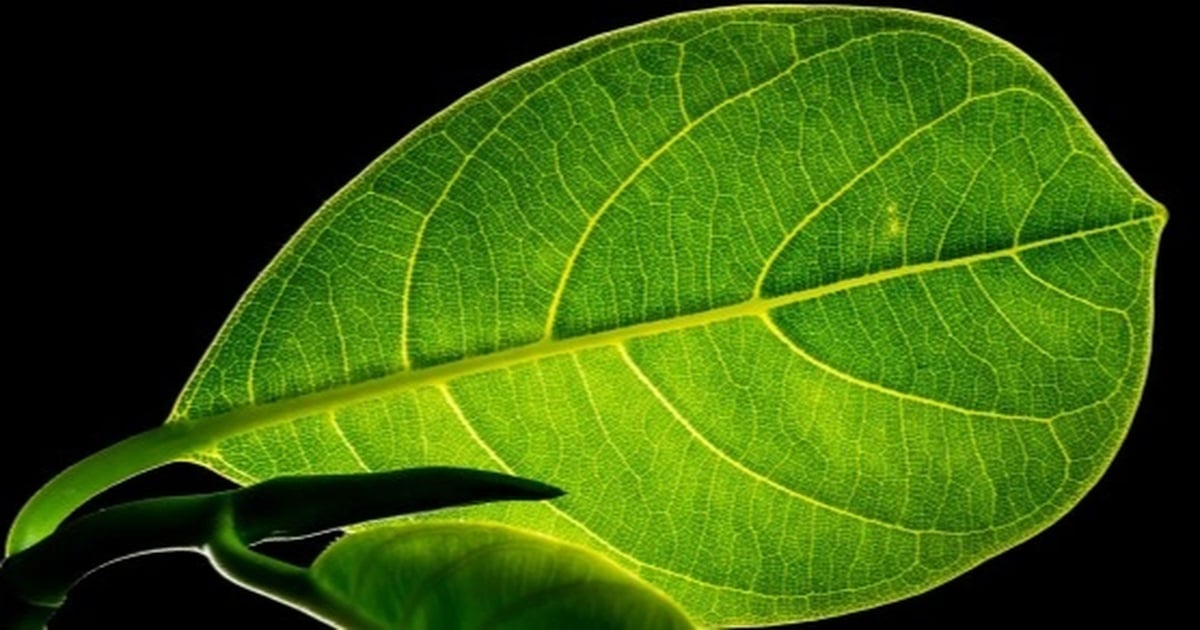


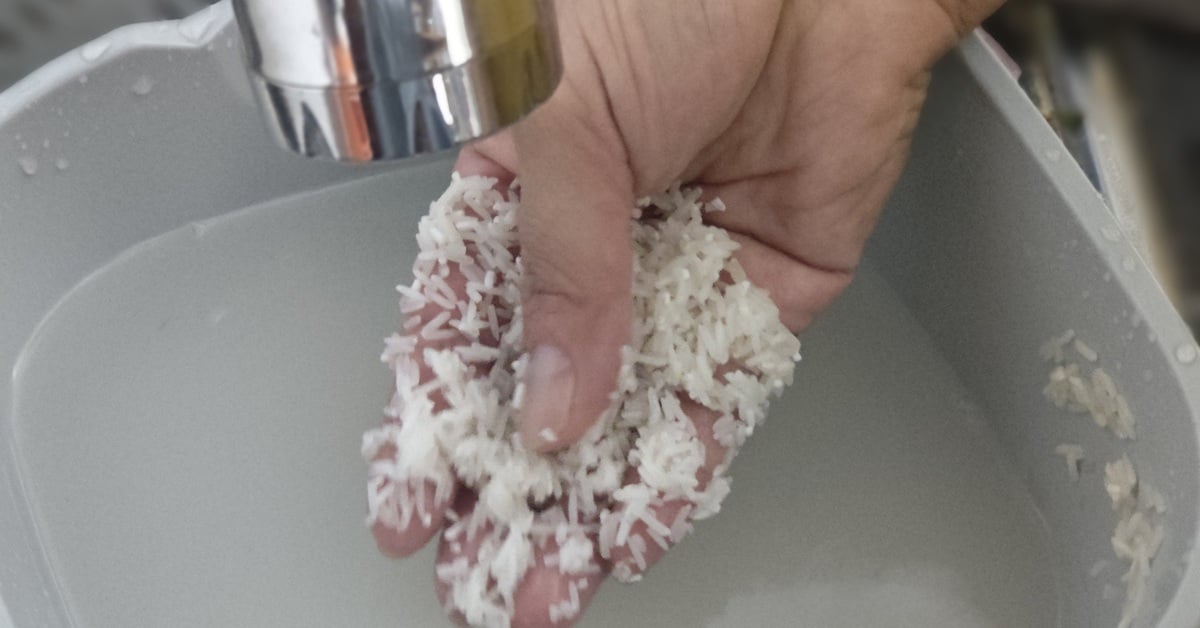



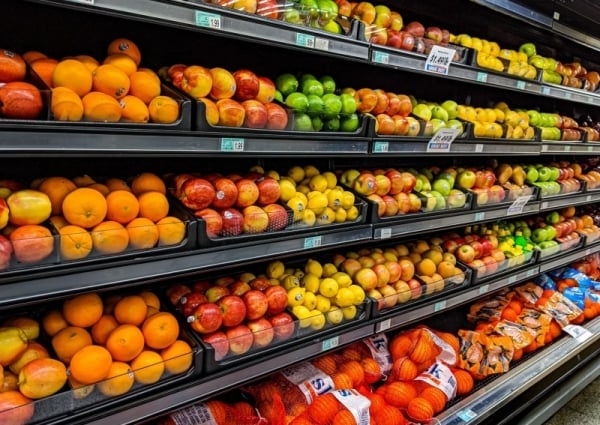
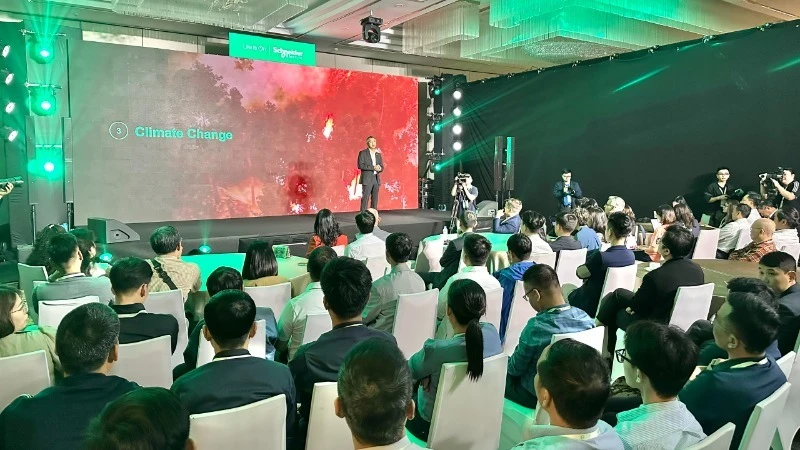





































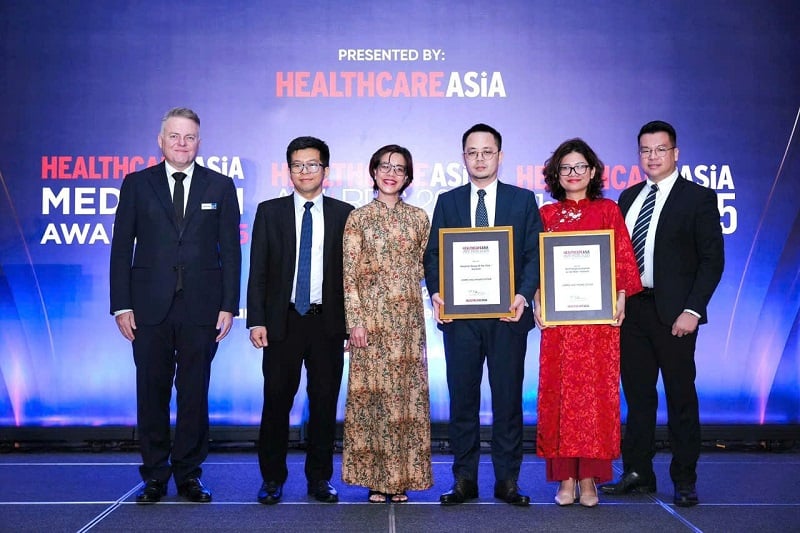

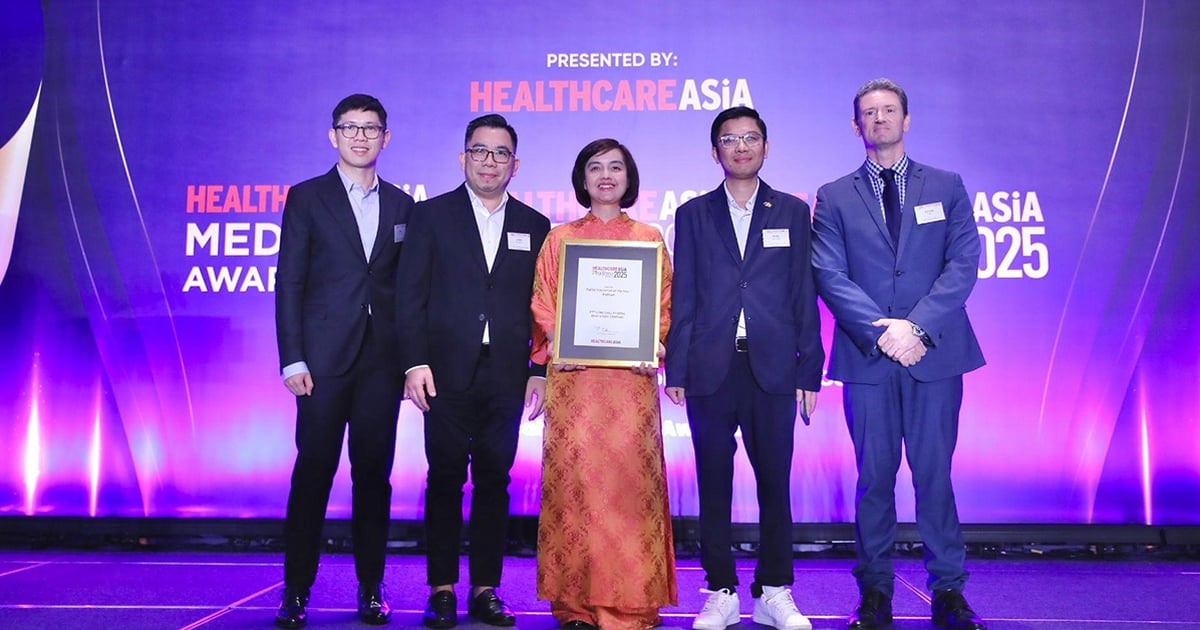













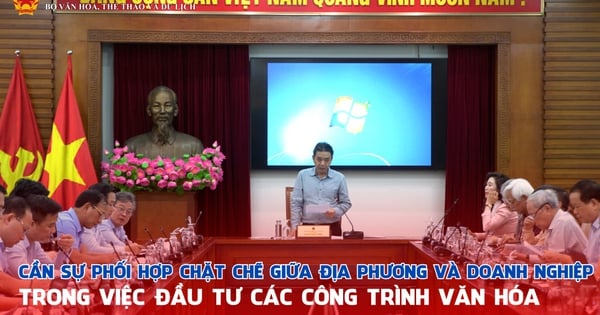
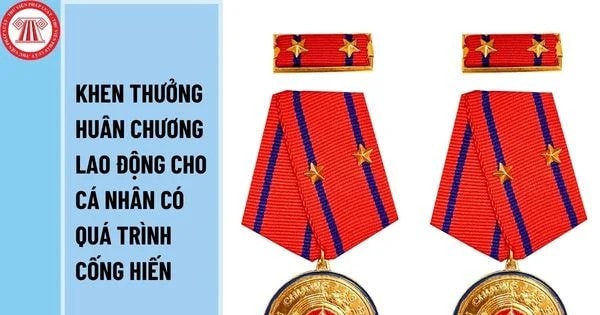

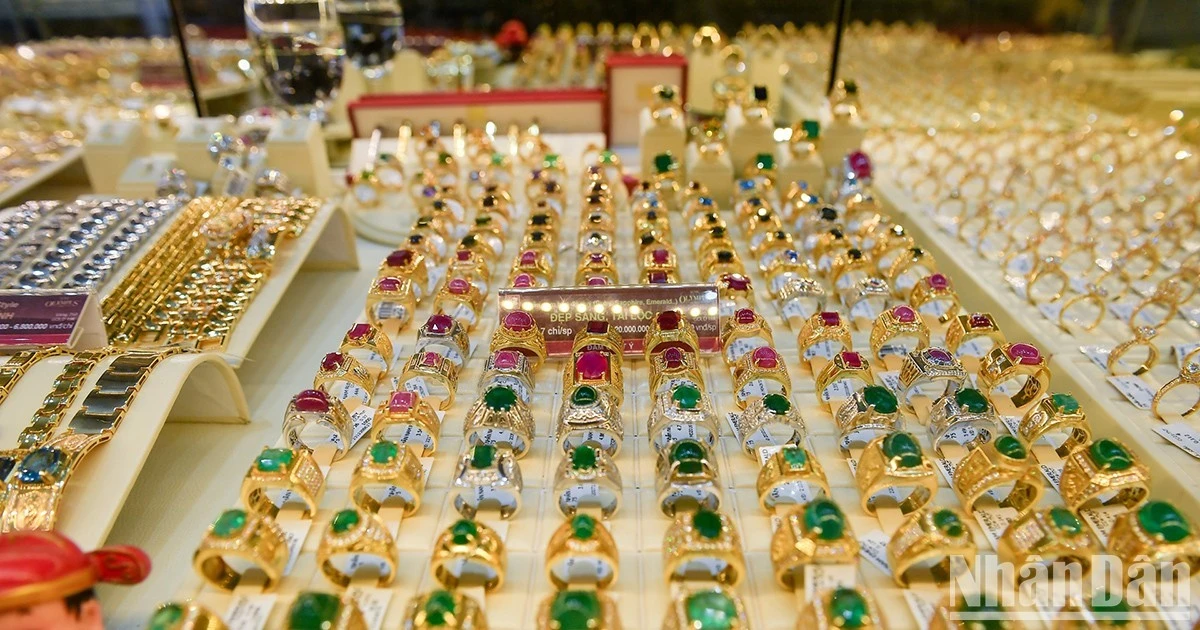



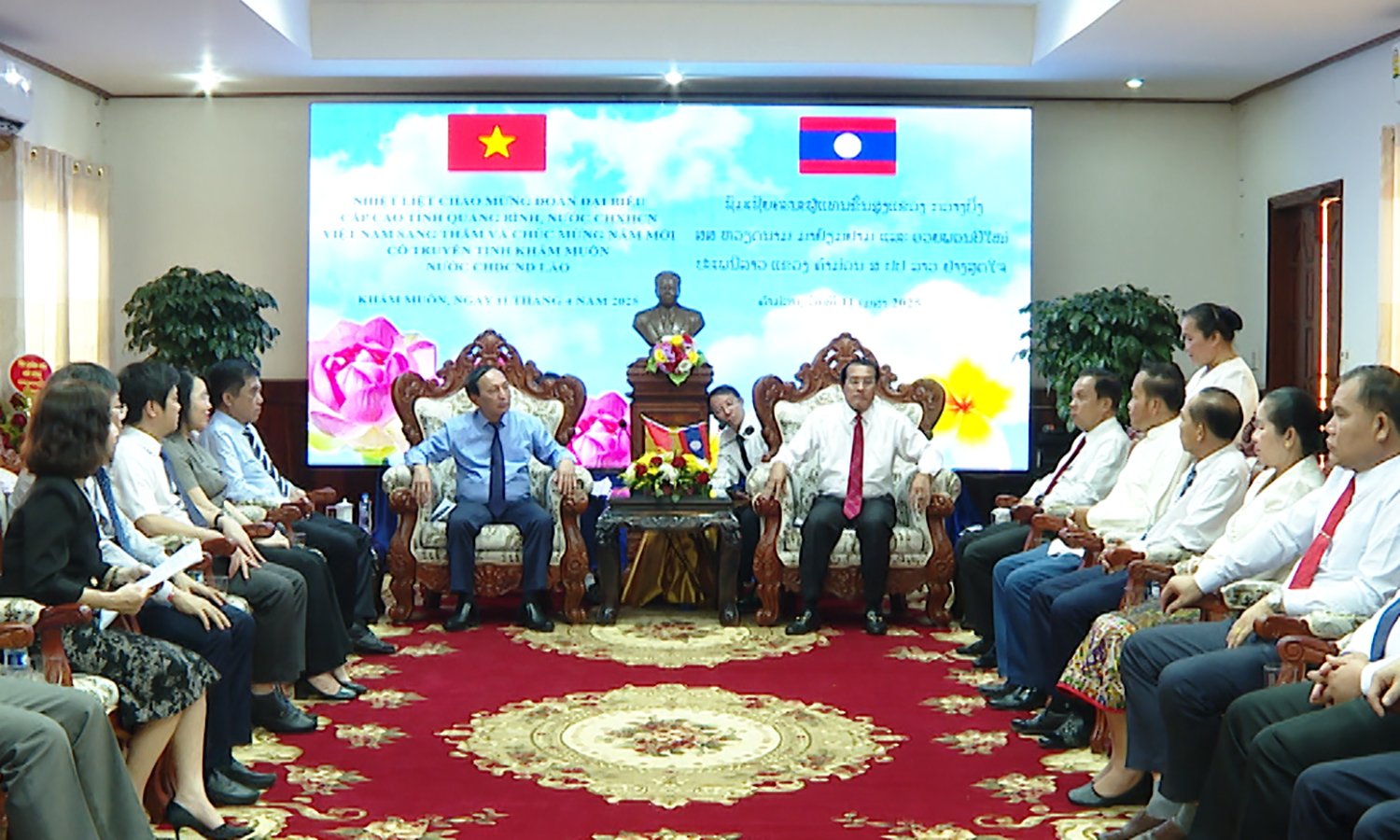
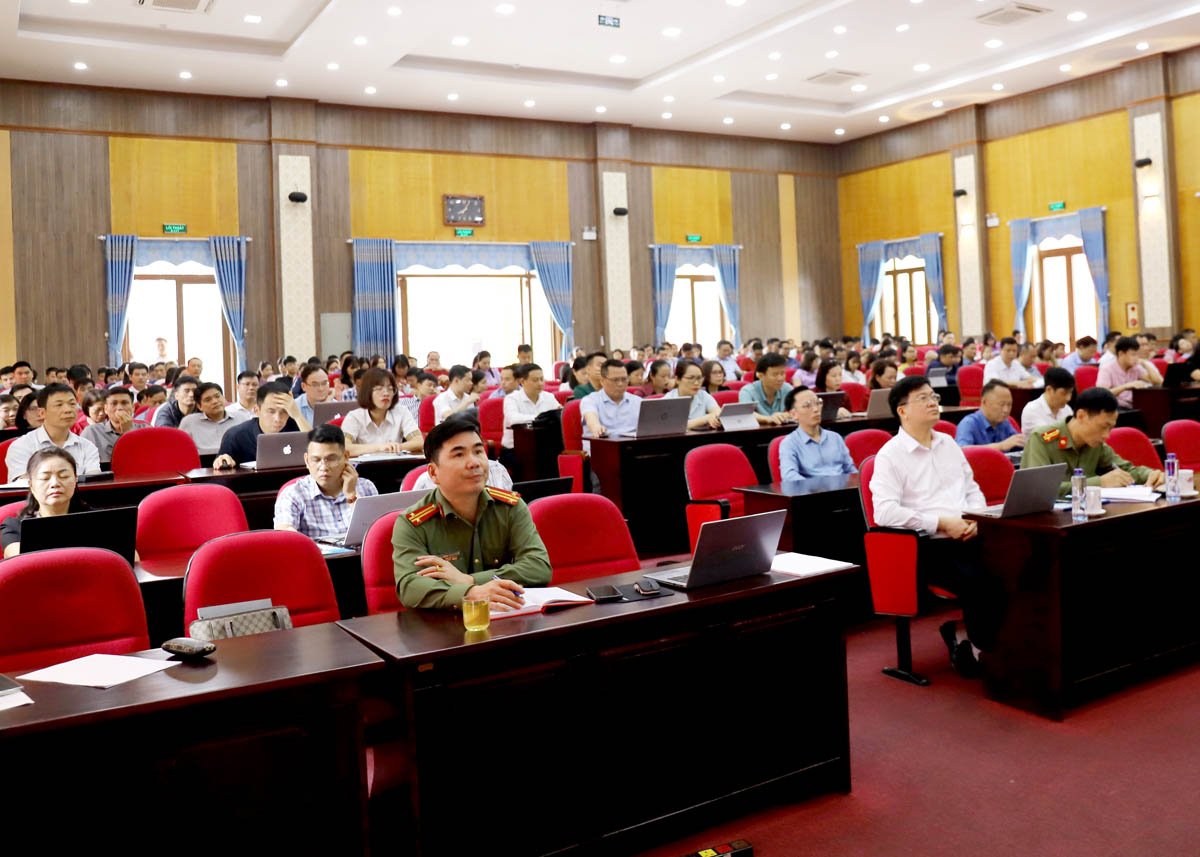
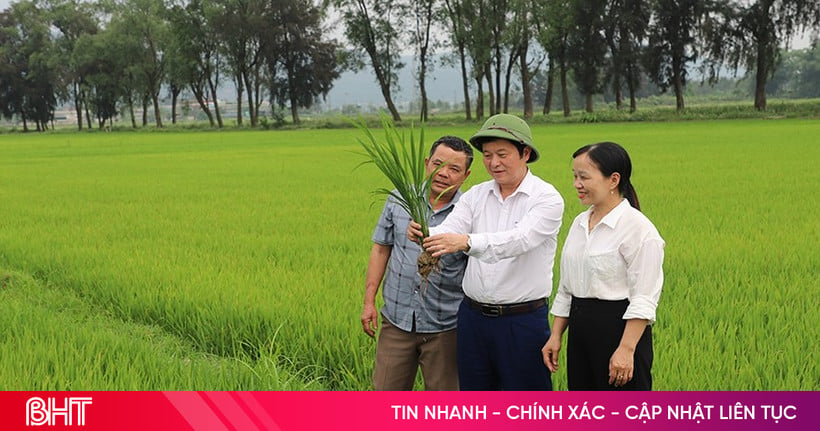









Comment (0)